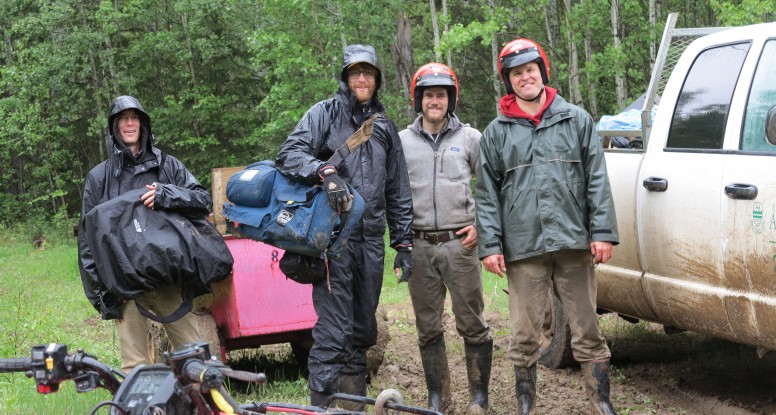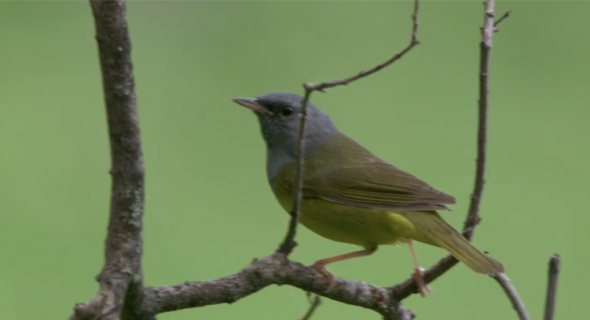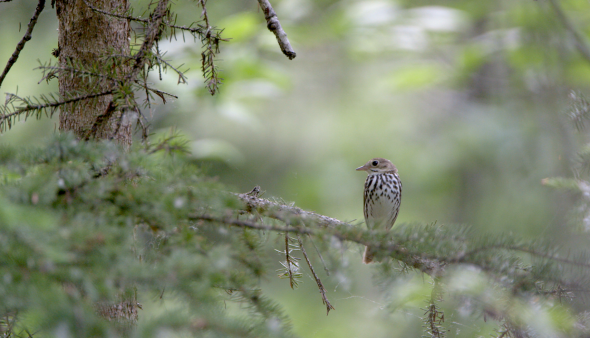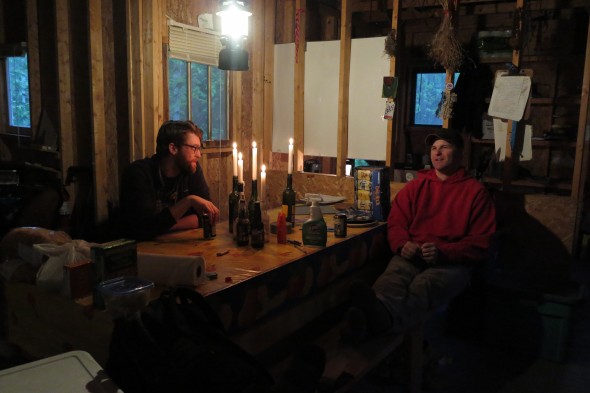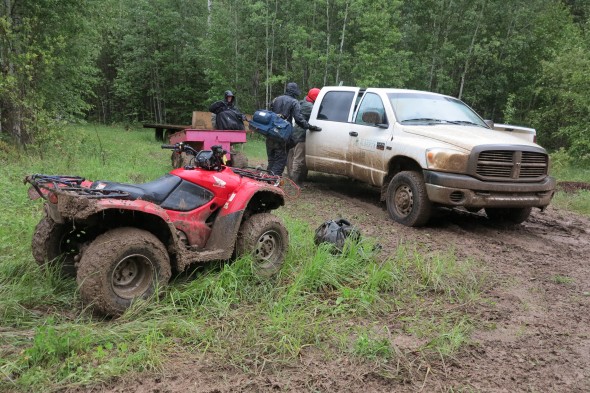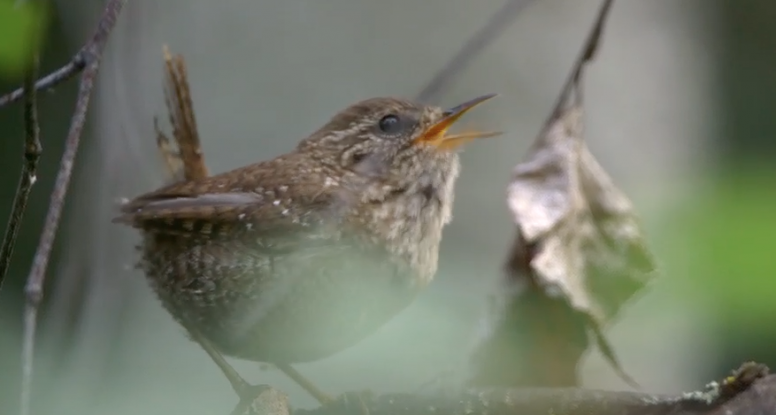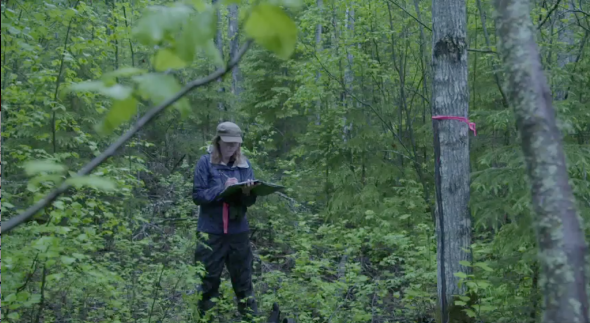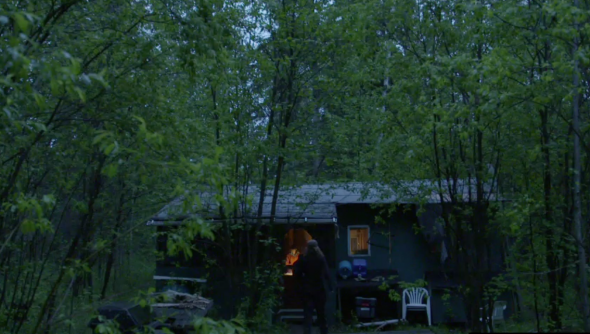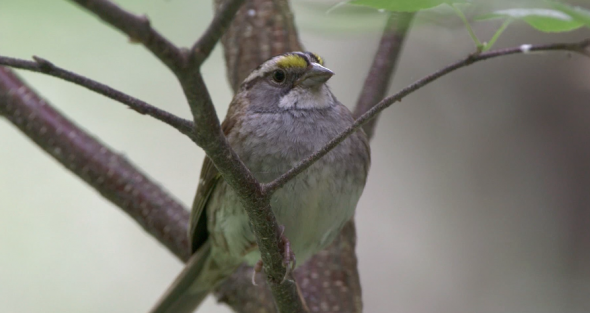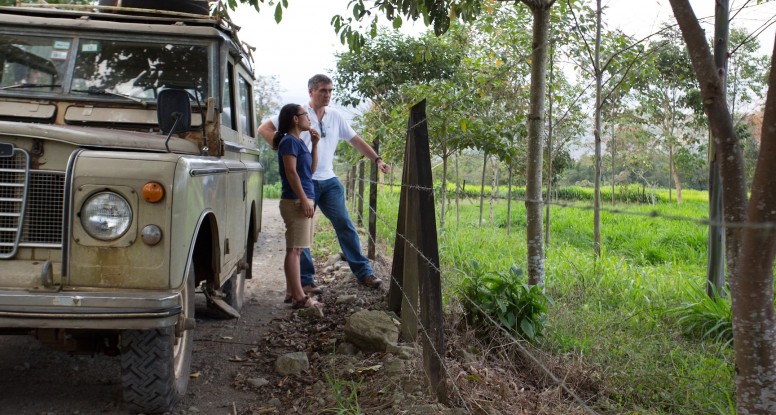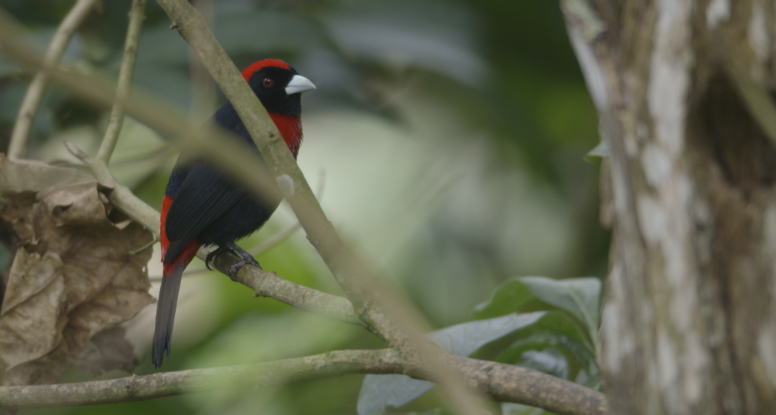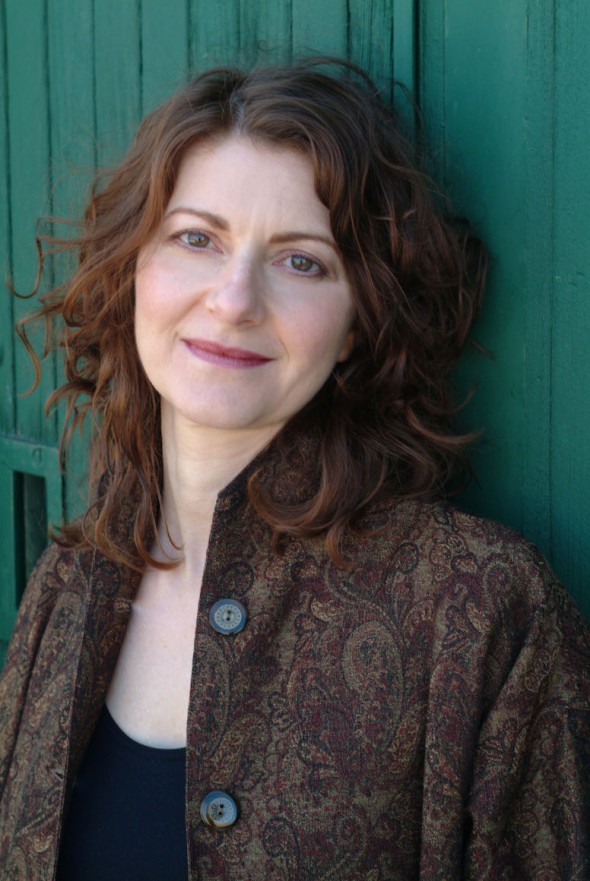 Director Su Rynard escaped from the edit suite to discuss SongbirdSOS on The Green Divas Radio Network. (Su’s interview starts 22 minutes into the show) The Green Divas Radio show is a one hour weekly digital radio broadcast, which offers listeners low stress ways to love and live a deeper shade of green. Host Megan McWilliams and her partner Lynn Hasselberger consider themselves women with a mission for a more sustainable healthy planet. Humour, credible information and some awesome publishing and marketing skills are what The Green Divas bring to environmental issues. You can hear the podcast featuring Su talking about our film in the Green Divas link above or through iTunes.
Director Su Rynard escaped from the edit suite to discuss SongbirdSOS on The Green Divas Radio Network. (Su’s interview starts 22 minutes into the show) The Green Divas Radio show is a one hour weekly digital radio broadcast, which offers listeners low stress ways to love and live a deeper shade of green. Host Megan McWilliams and her partner Lynn Hasselberger consider themselves women with a mission for a more sustainable healthy planet. Humour, credible information and some awesome publishing and marketing skills are what The Green Divas bring to environmental issues. You can hear the podcast featuring Su talking about our film in the Green Divas link above or through iTunes.
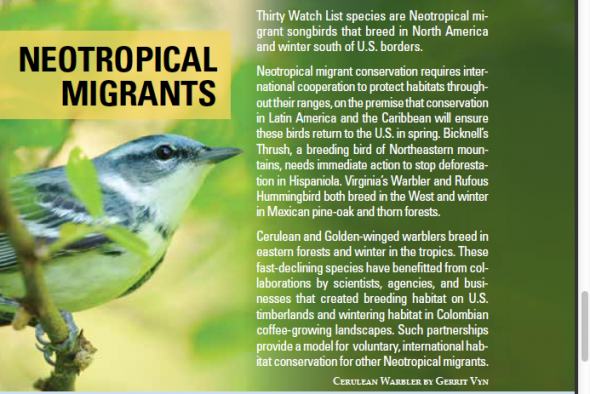 The State of the Birds report is out. The report tries to mitigate the drastic news about further declines and more ‘red listed’ species with Conservation success stories. What does this mean for Songbirds? The news is not great, for forest songbirds, nor for neotropical migrants.
The State of the Birds report is out. The report tries to mitigate the drastic news about further declines and more ‘red listed’ species with Conservation success stories. What does this mean for Songbirds? The news is not great, for forest songbirds, nor for neotropical migrants.
“The eastern forests indicator for 26 obligate breeding birds shows an overall drop of 32%, with a continued steady decline since 2009. Species dependent on either young forests (such as Golden-winged Warbler and Eastern Towhee) or mature deciduous forest (such as Wood Thrush and Cerulean Warbler) are showing the steepest declines. Because 84% of eastern forests are privately owned, timber companies and other forest owners can greatly benefit bird populations by maintaining large forest blocks and participating in sustainable forestry initiatives.
The western forests indicator, based on 39 obligate breeding species, has declined nearly 20% and has continued to decline since 2009. More than half of western forests are on public lands. Species dependent on oak and pinyonjuniper woodlands (such as Oak Titmouse and Pinyon Jay) are showing the steepest declines. As in the East, both early successional species (such as Rufous Hummingbird and MacGillivray’s Warbler) and mature forest species (such as Vaux’s Swift and Cassin’s Finch) are declining.”
I feel very fortunate to have encountered two of the songbirds mentioned above on the SSOS filmmaking journey. We recorded a Golden-winged Warbler in Costa Rica with Alejandra-Martinez-Salinas and a Wood Thrush in Waterloo Ontario with Lyle Friesen. On the downside, filming a Cerulean Warbler was impossible, as their numbers are way down, and the State of the Birds report, like our film SongbirdSOS, helps us understand why this is so.
“Thirty Watch List species are Neotropical migrant songbirds that breed in North America and winter south of U.S. borders.
Neotropical migrant conservation requires international cooperation to protect habitats throughout their ranges, on the premise that conservation in Latin America and the Caribbean will ensure these birds return to the U.S. in spring. Bicknell’s Thrush, a breeding bird of Northeastern mountains, needs immediate action to stop deforestation in Hispaniola. Virginia’s Warbler and Rufous Hummingbird both breed in the West and winter in Mexican pine-oak and thorn forests.
Cerulean and Golden-winged warblers breed in eastern forests and winter in the tropics. These fast-declining species have benefitted from collaborations by scientists, agencies, and businesses that created breeding habitat on U.S.timberlands and wintering habitat in Colombian coffee-growing landscapes. Such partnerships provide a model for voluntary, international habitat conservation for other Neotropical migrants.”
The SongbirdSOS crew (Daniel Grant, Jason Milligan, and Josh See) arrived at the airport in northern Alberta to film at the Boreal forest. We rented a very large SUV, loaded our camera and sound gear and drove straight to Slave Lake. Away from the city, I realized our SUV was tiny compared to the monster trucks that rule the road in Alberta. Like our shooting in the Netherlands, we were cursed with rain. Since all of our work is outdoors, this makes filming quite tricky. If you listen closely to the sound in the boreal forest scenes in the documentary, you might even hear the drip drip drip of rain.
We were heading to Calling Lake, where our Boreal host, Dr. Erin Bayne, keeps a small research cabin. Erin was concerned about the road to Calling Lake. It has been raining for days and the road was very soft and muddy. But we made it into the cabin all right and had a great day filming. Erin netted an oven-bird for us, as well we documented two of his researchers doing Point Counts. You can see the stats for Boreal songbirds at the Boreal Avian Modelling Project website.
However, it was the trip back to Athabasca that Erin was really worried about because if we had any more rain, we risked being stuck at the cabin. Well, it poured. But we had to go. So we packed our gear, loaded the ATV’s and truck, and headed down the road through the depths of the Boreal forest.
As Erin suspected, the road was far too soft and the truck sank into the mud. A few kilometers into the journey, we were stuck. Very stuck. After numerous attempts to free ourselves, we eventually walked. For a camera crew this means we had to walk, carrying our gear (ten very heavy cases loaded with expensive equipment as well as our personal back-packs) in a kind of convoy. After a few kilometers, we were rescued by ATV’s that shuttled us to a spot where we would eventually be rescued by a relief biology crew – aka Our Heroes! It took us six hours to travel a mere 13 kilometers. Seven hours later we were wiping ourselves down in the Athabasca Super 8 motel. Good thing they had coin laundry.
Enjoy this one minute cell phone video of three bird biologists and four filmmakers stuck in the mud.
When the SongbirdSOS crew was shooting in Alberta, I was keen to wake up with the birds and document Erin Bayne’s team listening to Boreal birdsong, doing point counts near Calling Lake Alberta. One challenge when you are working at such northern latitudes is that dawn is around 4 am! But to hear the Boreal birdsong was well worth the effort.
A point count is a field method used to study avian population trends. The data fuels research for many scientists and can be found on the Boreal Avian Modelling Project website. A familiar favourite for many people (for me this songbird is synonymous with forest) is the white-throated sparrow. Eighty-five percent of the population of white-throated sparrows breed in the Boreal. Sadly, these songsters are also in decline, as their population has dropped by thirty percent since 1966.
Below is a sample recording of Boreal birdsong. Listen for the Tennessee Warbler, Hermit Thrush, Fox Sparrow, White-throated Sparrow and Dark-eyed Junco.
Another great resource for Boreal birds and how you can help is the Boreal Songbird Initiative.
Songbird photos by Joshua See.
Shoot Day: Feb 23, 2014
Here’s Alejandra Martinez-Salinas with Jacques Avelino near CATIE , standing beside a newly planted “live fence. A live fence is basically a double row of trees (different species) that line a crop field. It may seem like a tiny step (and it ain’t no rainforest) but it is a miracle to be able to convince a poor local farmer to give up an 8 feet strip of valuable crop from their already small farming plot for trees. The live fence can provide a corridor for animals and link forest patches. One benefit is more birds, and more birds equals more natural pest control, which is a big step in the right direction for sustainable agriculture – and for songbirds.

